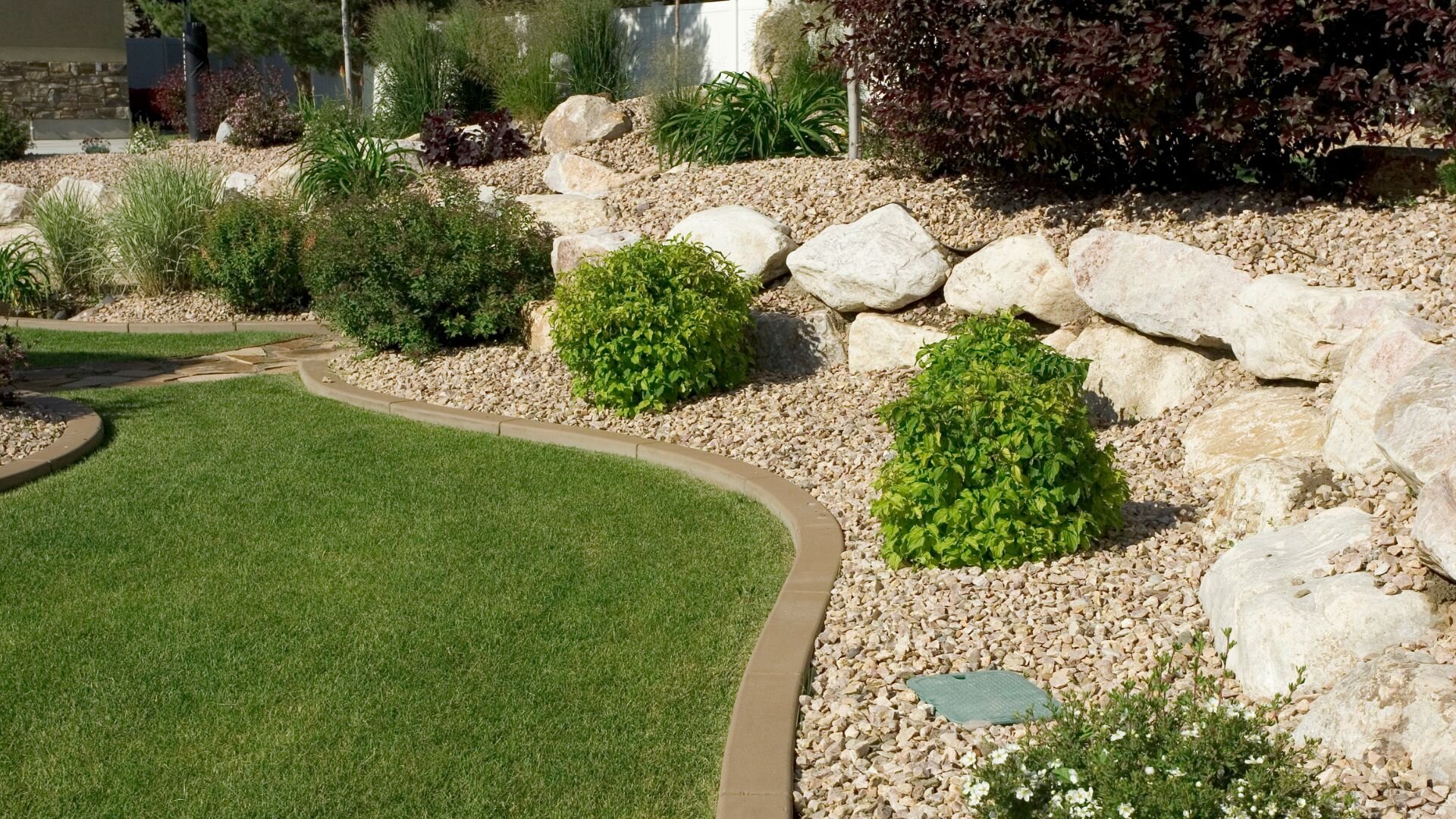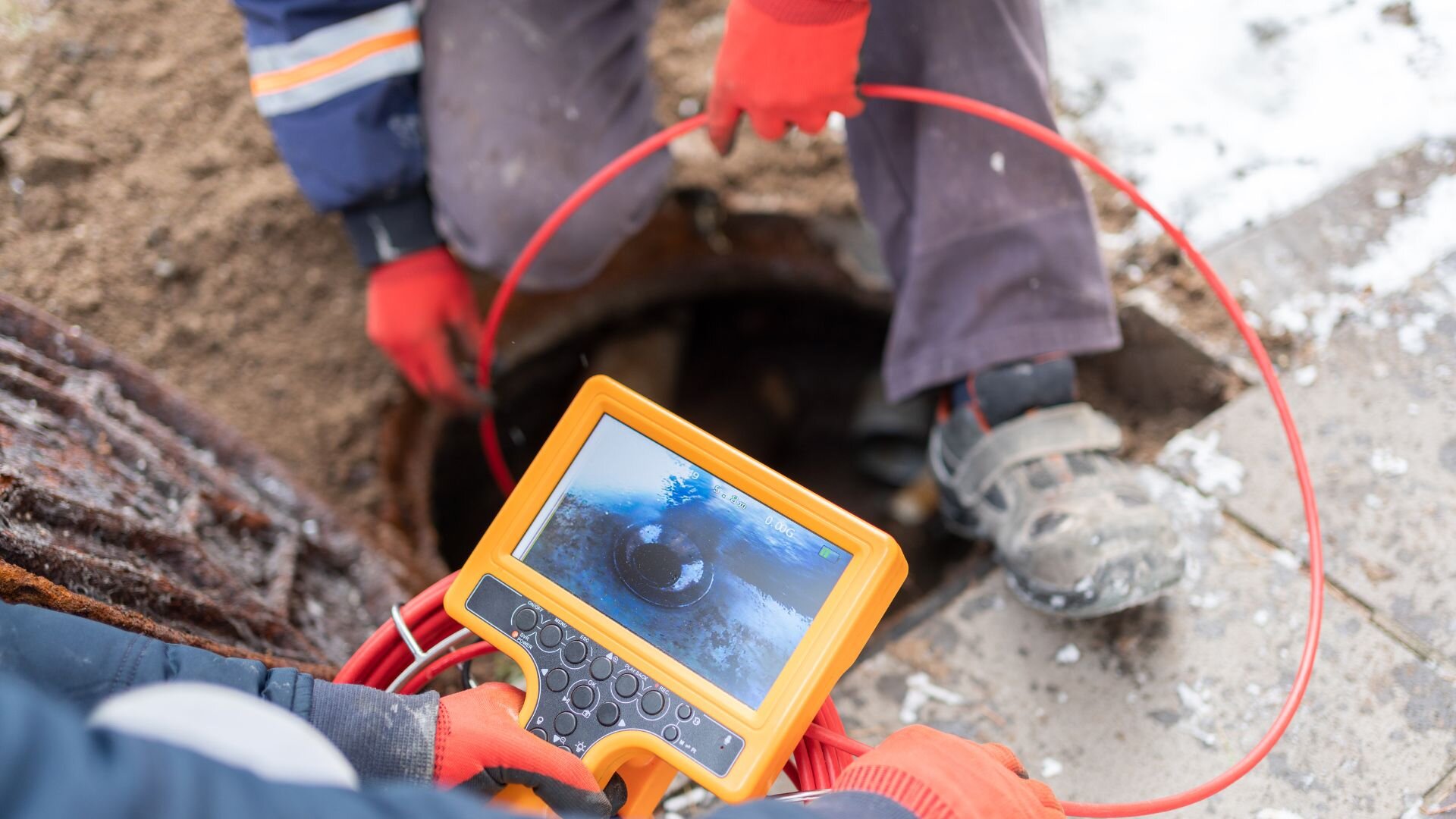A well-functioning sewer system is crucial for any property because it efficiently removes wastewater and helps avoid health issues. Yet many homeowners don’t realise how much landscaping can affect their sewer drains. Poor landscaping can lead to blockages, resulting in expensive repairs and hazardous conditions.
Sewer drain blockages can occur for various reasons, including tree root intrusion, improper plant placement, and poor drainage. These issues can cause sewage backups, foul odours, and even structural damage to your property. By implementing effective landscaping strategies, you can minimise the risk of sewer drain blockages and maintain a smoothly operating sewer system.
We’ll dive into five essential landscaping tips today to help you avoid sewer drain blockages. By choosing the right plants and setting up good drainage, these practical strategies will not only keep your sewer system healthy but also beautify your garden.
Tip 1: Proper Plant Selection

Proper plant selection is one of the most important steps in preventing sewer drain blockages. The roots of certain plants can be incredibly invasive, penetrating and damaging sewer lines over time. This intrusion leads to blockages and can cause costly repairs and potential structural damage to your property.
When selecting plants for areas near sewer lines, choosing varieties with non-invasive root systems is essential. These plants typically have shallow, fibrous roots less likely to penetrate and compromise underground pipes. Go for plants with smaller root systems or those known for their non-invasive growth habits.
Some recommended plant varieties suitable for areas near sewer lines include:
- Shrubs: Azaleas, rhododendrons, and hydrangeas have relatively shallow root systems.
- Perennials: Hostas, daylilies, and coneflowers have fibrous, non-invasive roots.
- Groundcovers: Creeping Phlox, ajuga, and Vinca Minor are excellent choices for ground cover near sewer lines.
- Trees: Crape myrtles, Japanese maples, and dogwoods are known for their non-invasive root systems.
As you choose plants, think about their mature size and growth patterns. Steer clear of big, fast-growing trees or shrubs that might outgrow their spot and encroach on your sewer lines.
Tip 2: Strategic Plant Placement
Strategic plant placement is equally important for selecting the right plant varieties to prevent sewer drain blockages. Even non-invasive plants can cause issues if planted too close to sewer lines, as their roots may eventually grow towards the pipes in search of moisture and nutrients.
To avoid potential problems, maintain safe distances between plants and sewer lines. As a general rule, planting trees and large shrubs at least 10 feet away from sewer lines is recommended, while smaller plants should be planted at least 5 feet away. These distances can vary depending on the specific plant species and the depth of the sewer line, so it’s always best to consult with a professional landscaper or arborist for personalised advice.
You can also take proactive measures to create physical barriers or root barriers around sewer lines. Root barriers are specially designed to redirect and contain root growth, preventing them from penetrating and damaging underground pipes. These barriers can be made of various materials, such as rigid plastic or fabric, and should be installed at the appropriate depth and length to protect the sewer line effectively.
Another strategy is lining the area over the sewer line with gravel or rocks. This creates a barrier that deters root growth while ensuring good drainage and aeration in that region.
Tip 3: Regular Pruning and Maintenance
Regular pruning and maintenance are crucial in controlling root growth and preventing sewer drain blockages. Even with careful plant selection and strategic placement, roots can still grow and spread over time, potentially causing issues if left unchecked.
Proper pruning techniques can help manage root growth and minimise the risk of damage to sewer lines. When pruning, focus on removing excessive or unruly growth, including branches and roots encroaching on sewer lines. It’s important to use sharp, clean tools and to make clean cuts to avoid damaging the plant unnecessarily.

Removing dead or decaying plant matter, such as fallen leaves, branches, or other organic debris, is essential. This material can accumulate in drain pipes and sewer pipes, leading to blockages and potential backups. Regular clearing and disposal of this debris is a crucial part of proper drain maintenance, ensuring a clear and unobstructed flow of water through the sewer system.
Remember, regular pruning and maintenance not only help prevent sewer drain blockages but also contribute to the overall health and appearance of your landscaping. By taking a proactive approach, you can enjoy a beautiful outdoor space while safeguarding the integrity of your sewer pipes and plumbing system.
Tip 4: Landscape Drainage Solutions
Poor drainage can significantly impact sewer systems, increasing the risk of blockages, backups, and overflows. When water fails to drain properly, it can accumulate in low-lying areas, putting additional pressure on sewer lines and potentially causing them to become overwhelmed.
To combat this issue, it’s essential to implement effective landscape drainage solutions. One strategy is to ensure proper grading of your outdoor spaces. Grading involves carefully sloping the land to direct water away from buildings and towards designated drainage areas. This can be achieved through various techniques, such as creating gentle swales or channels that guide water flow.
Another option is to install French drains, trenches filled with gravel or perforated pipes that collect and redirect excess water away from problem areas. French drains can be particularly useful in areas prone to standing water or where traditional grading is not feasible.
In addition to these strategies, consider incorporating other drainage features into your landscaping design. Rain gardens, dry creek beds, and permeable paving can all contribute to improved drainage by allowing water to infiltrate the soil or be directed away from sensitive areas.
Tip 5: Inspection and Professional Assistance
Regular sewer line inspections are essential for identifying potential issues before they escalate into costly and disruptive problems. Even with proper landscaping practices in place, sewer lines can still be susceptible to blockages, root intrusion, or structural damage over time.
It’s wise to get professional sewer line inspections every few years or more often if issues crop up. These inspections often use specialised cameras and equipment to check the pipes thoroughly, spotting cracks, blockages, or root problems.

In addition to regular inspections, seeking professional assistance for sewer line maintenance or repairs is advisable. Attempting to resolve complex sewer issues on your own can be risky and may lead to further damage or safety concerns.
Professional plumbers and sewer line specialists have the expertise and equipment to effectively diagnose and address sewer line problems, ensuring a safe and long-lasting solution.
Signs you might need to call in the pros include:
- Slow-draining sinks or tubs
- Gurgling sounds from plumbing fixtures
- Frequent backups or clogs
- Foul odours emanating from drains
- Visible signs of sewage in your yard or basement.
If you notice any of these issues, it’s best to act promptly and contact a professional for an evaluation and appropriate repairs.
Safeguard Your Property with Proactive Sewer Line Protection
We hope these landscaping tips help shield your plumbing and property from expensive damage. By following the guidance here, you can reduce the risk of sewer drain blockages and keep your sewage system running smoothly.
Prioritise sewer line maintenance for a hassle-free home or business, and partner with reliable professionals like Fixed Today for expert sewer line services in Sydney. Give us a call today and see how our friendly plumbers can help you!














